Making Learning Visible
Personal Documentation is, “Your Child’s Personal Learning Story”.
Documentation takes many forms at Building Blocks PreSchool. Often documentation is referenced as informal (what you might find on holding boards, on blogs or in newsletters) or formal, final documentation.
Documentation carries many purposes and is tied to other Reggio Emilia principles such as Lella Gandini* defines “The power of documentation” as:
“Transcriptions of children’s remarks and discussions, photographs of their activity, and representations of their thinking and learning are traces that are carefully studied.
These documents have several functions. The most important among them is to be tools for making hypotheses (to project) about the direction in which the work and experiences with the children will go. Once these documents are organized and displayed they help to make parents aware of their children’s experience and maintain their involvement. They make it possible for teachers to understand the children better and to evaluate the teachers’ own work, thus promoting their professional growth; they make children aware that their effort is valued; and furthermore, they create an archive that traces the history of the school.”

Documentation is on boards in each classroom area and entrance area to inform parents of recent work, events and ways to join the classroom. Documentation Highlights the image of the child, Project work, Connect development, and exchanges of ideas.
Daily Learning Story Documentation Learning Story refers to daily story of documentation, this could be of a one specific learning or part of a project, or happenings of the day, these are produced electronically and a pdf digital document is sent to parents, making it easy to share and print as needed. Click link to view a Learning Story
Project Documentation refers to classroom books that share the history of a project. All teachers are expected to reflect on their work with the children and create final documentation. The process to create the final documentation is collaborative, including input and reflection from the teaching team, and children.
Please note that this looks amazing and it takes time, energy and dedication to produce.
Documentation in Portfolios Assessment “The Work Sampling System”, an authentic performance assessment, is based on teachers’ observations of children at work in the classroom learning, solving problems, interacting, and creating. This Portfolio is given to your child at a portfolio presentation upon your child entering Kindergarten.
This document tells the story of your child’s learning journey at our school. This Portfolio assessment consisting of Learning Domains for Early Childhood Education; art work, photographs, information related to developmental milestones, and more. Lesson plans, project books, and Learning Stories highlight and explain the work of the children and communicate the life of the school to the community at-large. This is a collection of children’s learning evidence over a period of time. The documentation process give importance to the children’s efforts and shows parents and visitors what their children have been doing.
The northern Italian town of Reggio Emilia has a firmly established worldwide reputation for forward thinking and excellence in its approach to early childhood education.
North American educators have long recognized the importance of the continuing educational development that is taking place in the Reggio model.
It is a constructivist model. That is, it is influenced by the theory of Lev Vygotsky, which states that children (and adults) co-construct their theories and knowledge through the relationships that they build with other people and the surrounding environment. It also draws on the work of others such as Jean Piaget, Howard Gardner and Jerome Bruner. It promotes an image of the child as a strong, capable protagonist in his or her own learning, and, importantly, as a subject of rights.
It is distinguished by a deeply embedded commitment to the role of research in learning and teaching. It is an approach where the expressive arts play a central role in learning and where a unique reciprocal learning relationship exists between practitioner and child.
Much attention is given to detailed observation and documentation of learning and the learning process takes priority over the final product. It is a model that demonstrates a strong relationship between educational establishment and community and provides a remarkable program for professional development. For more information about Reggio Inspired Practice and Documentation as Communication please go to IECER.

